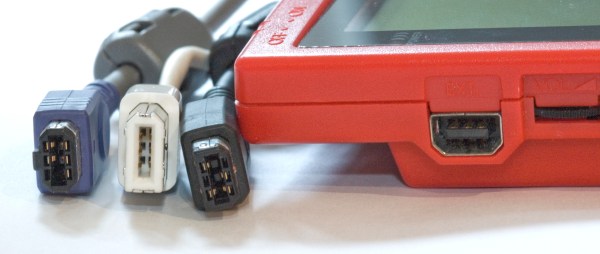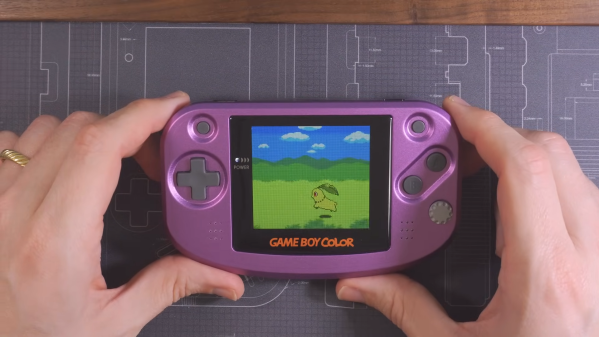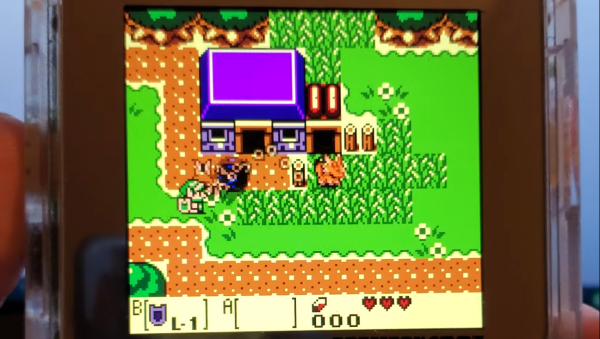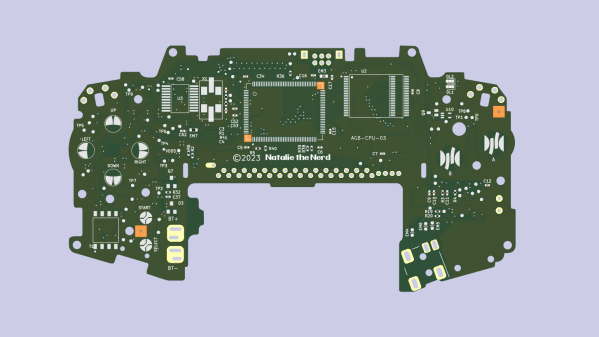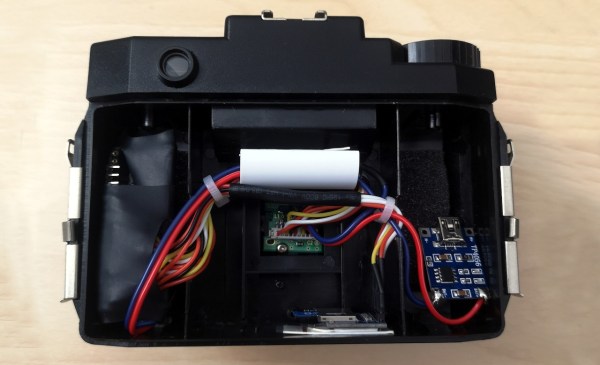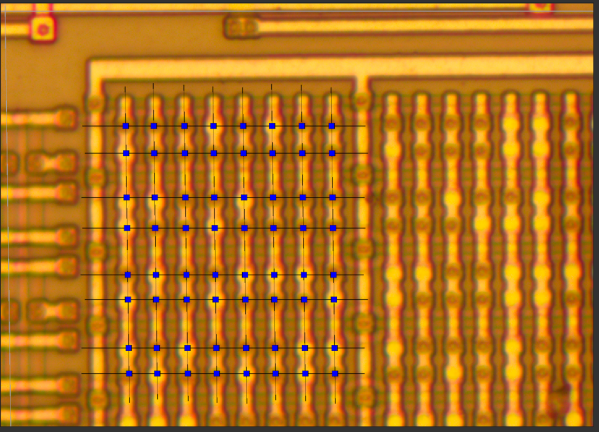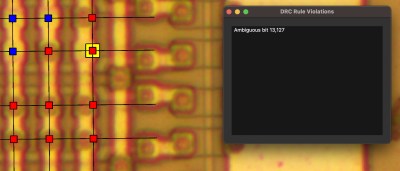The Game Boy Advance (GBA) link cable is the third generation of this feature which originated with the Gameboy. It not only allows for peripherals to be connected, but also for multiplayer between GBAs – even with just one game copy – and item sharing and unlocking of features in specific games. This makes it an interesting feature to support in today’s homebrew GBA games and applications, made easy by libraries such as [Rodrigo Alfonso]’s gba-link-connection.
This C++ library can be used in a number of ways: either limited to just the physical link cable, just the wireless link option or both (universal link). These support either 4 (cable) or 5 (wireless) players to be connected simultaneously. As additional options there are the LinkGPIO.hpp and LinkSPI.hpp headers which allow the link port to be used either as a generic GPIO, or as an SPI link (up to 2 Mb/s). The multiboot feature where a single ROM image is shared among connected GBAs is supported with both wired and wireless links.
It’s heartening to see that a device which this year celebrates its 23rd birthday is still supported so well.
Thanks to [gudenau] for the tip.

